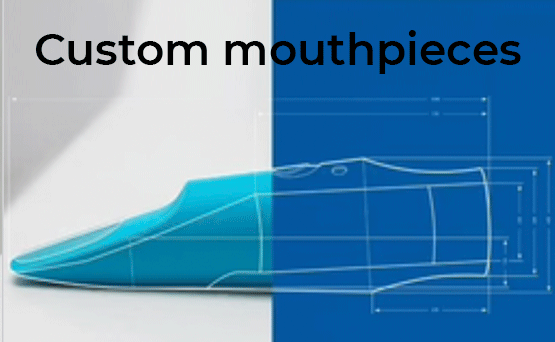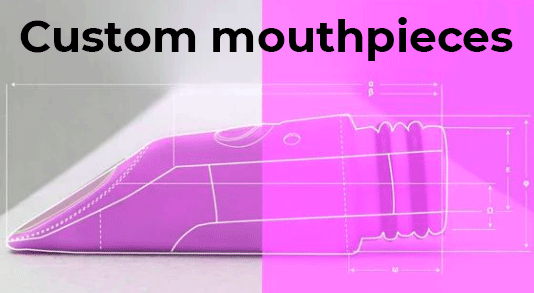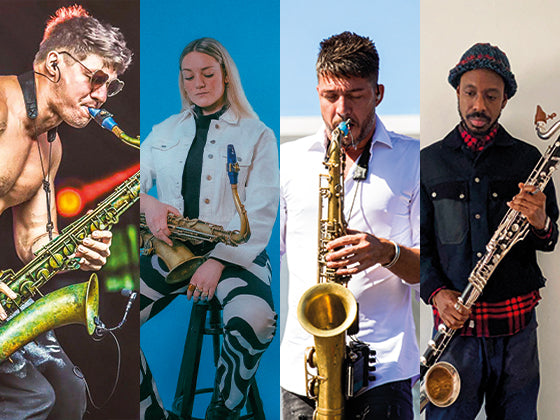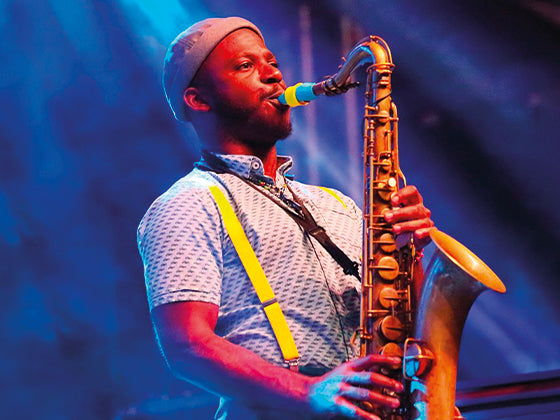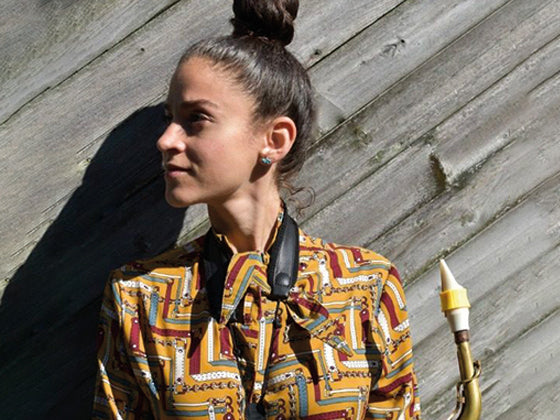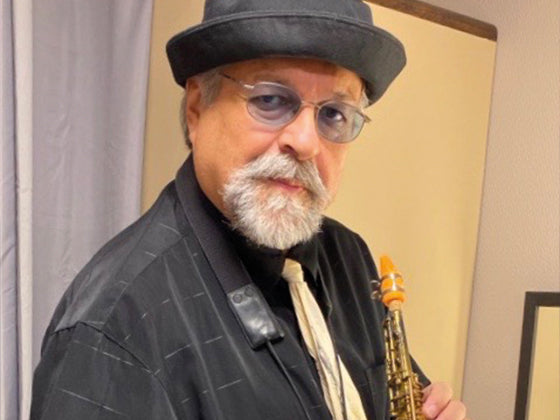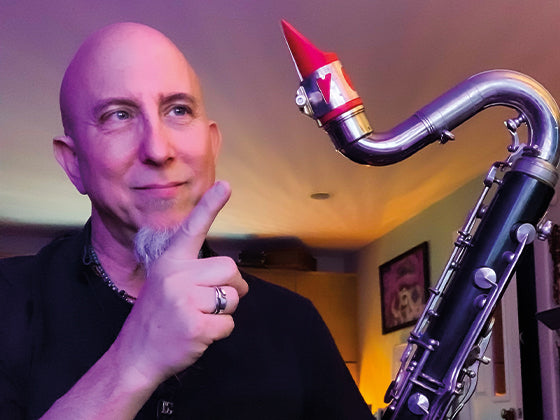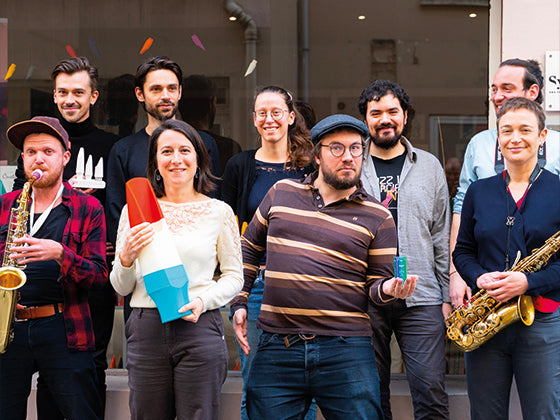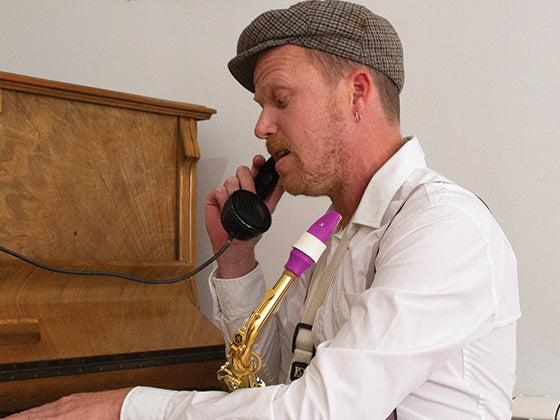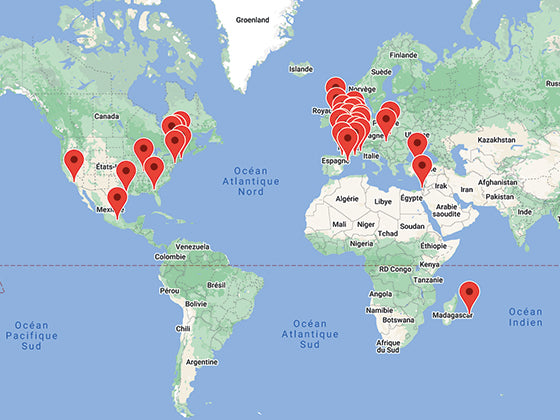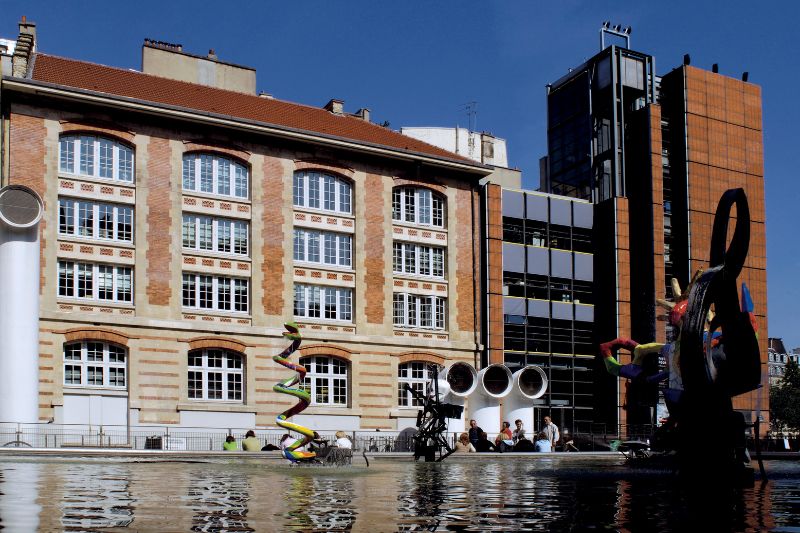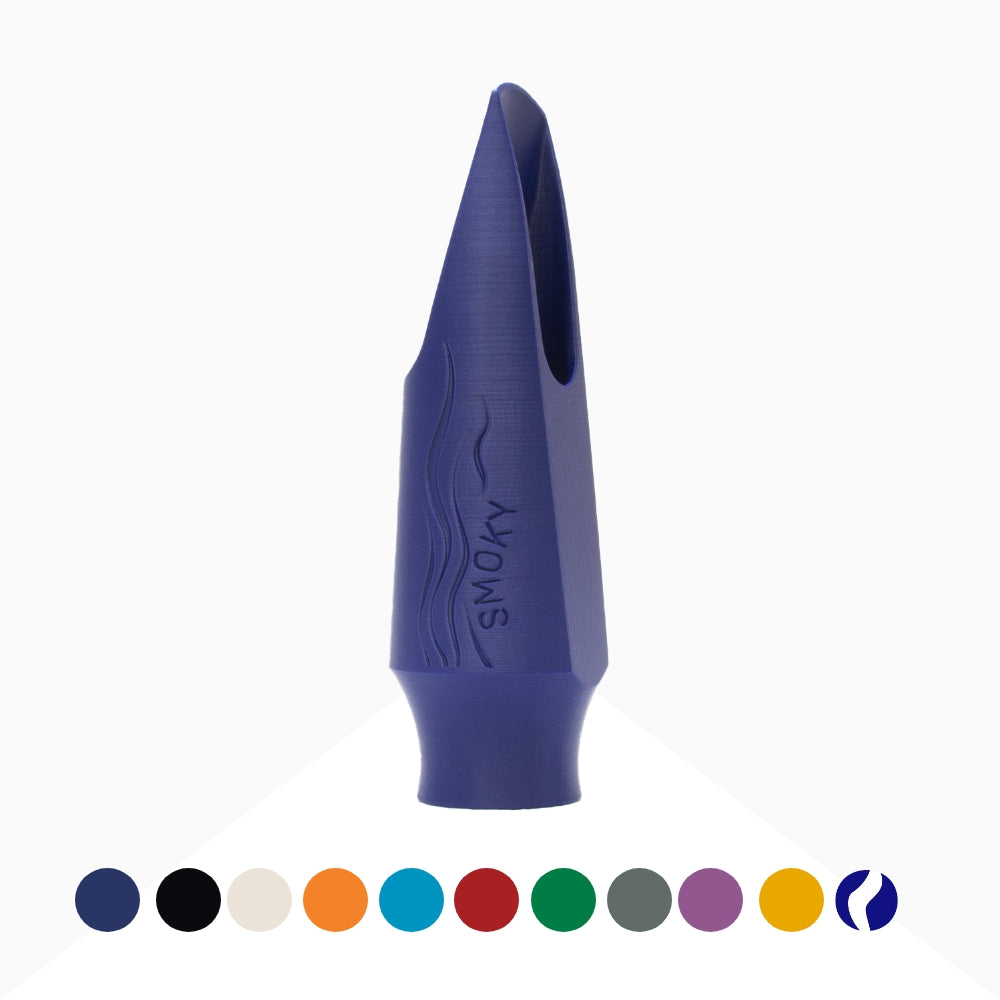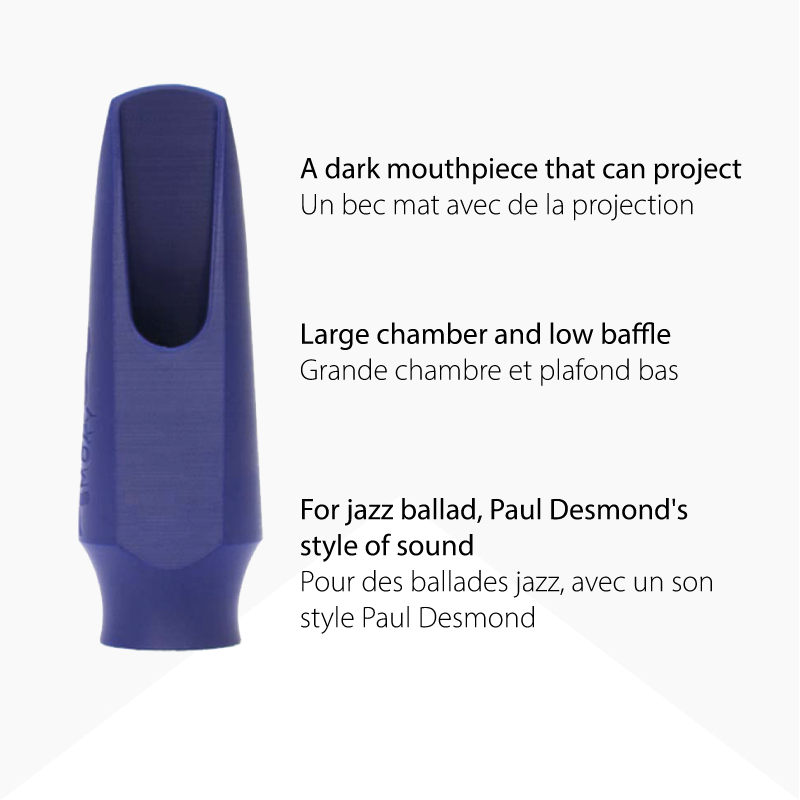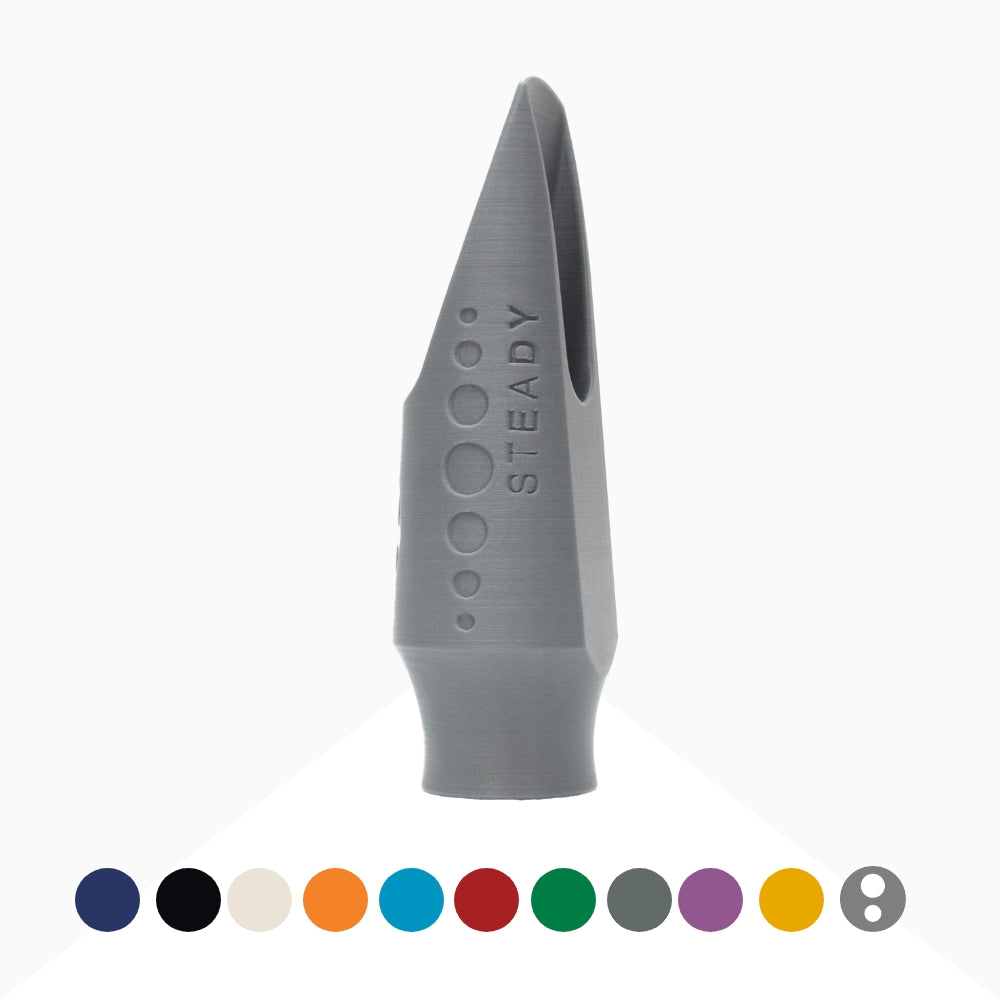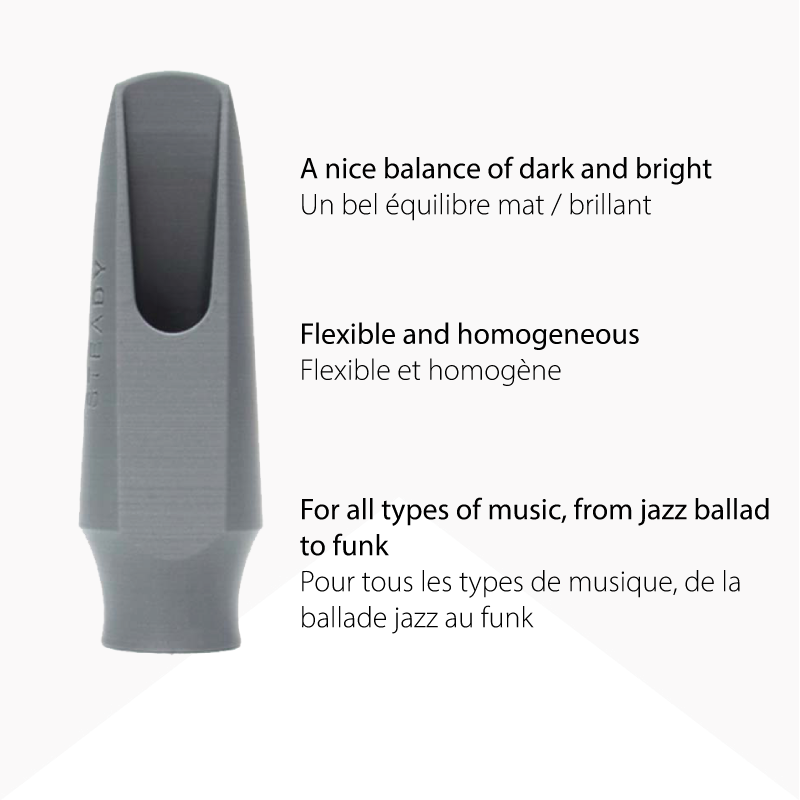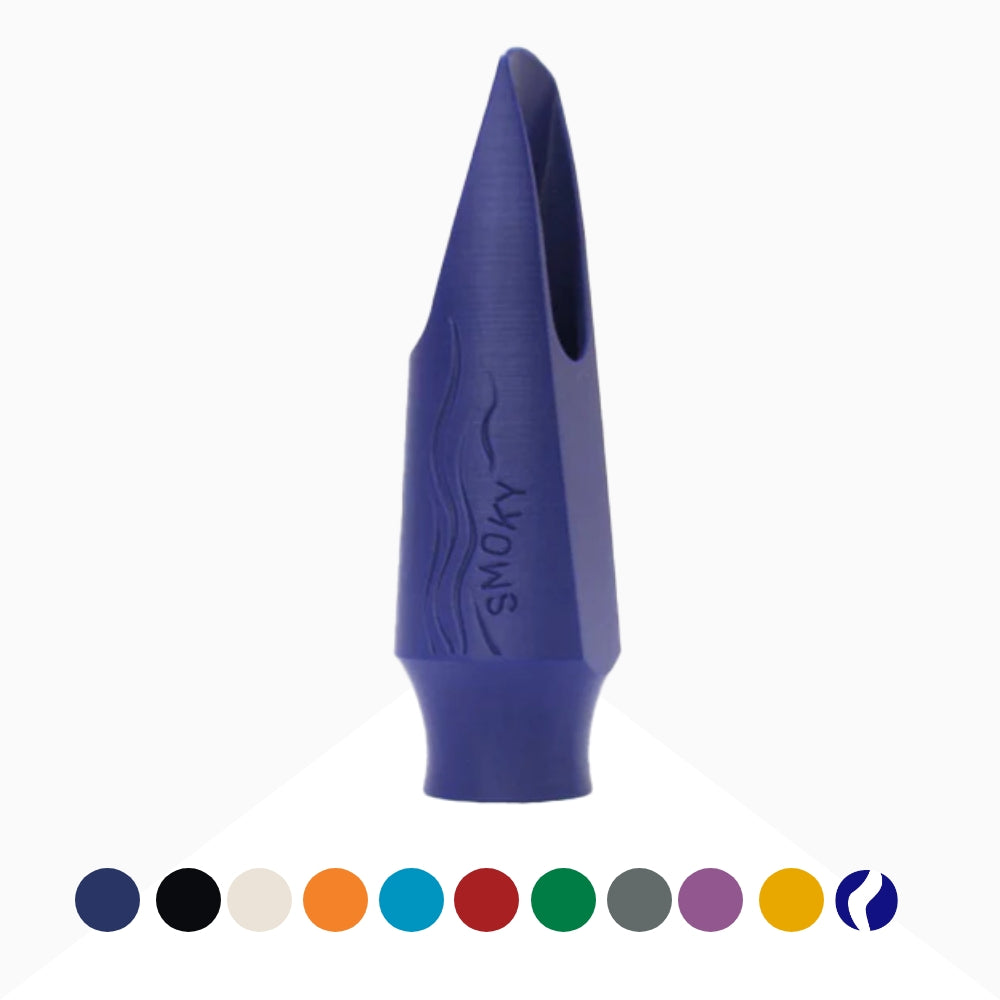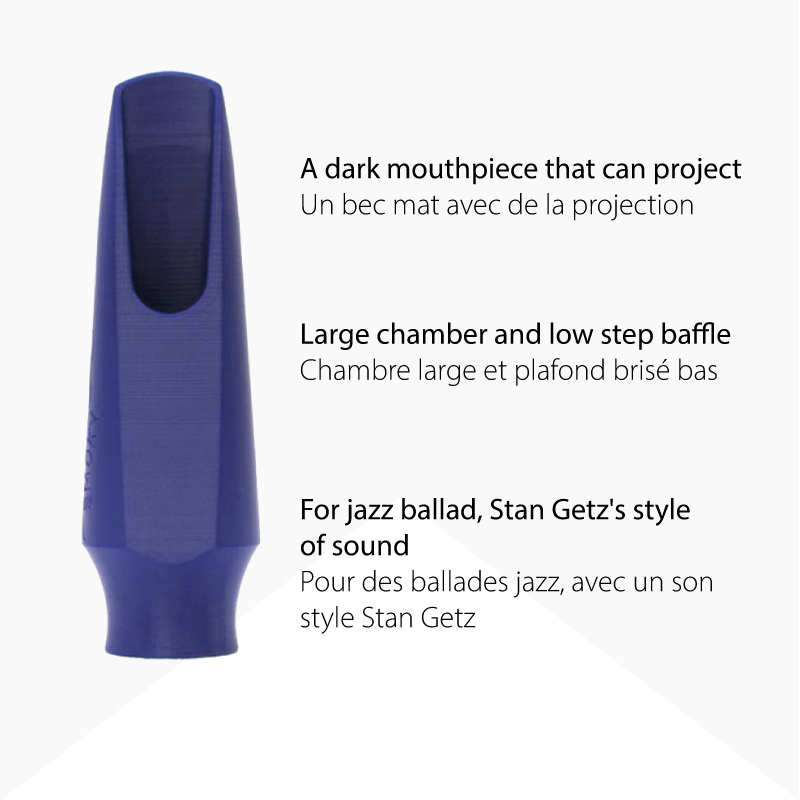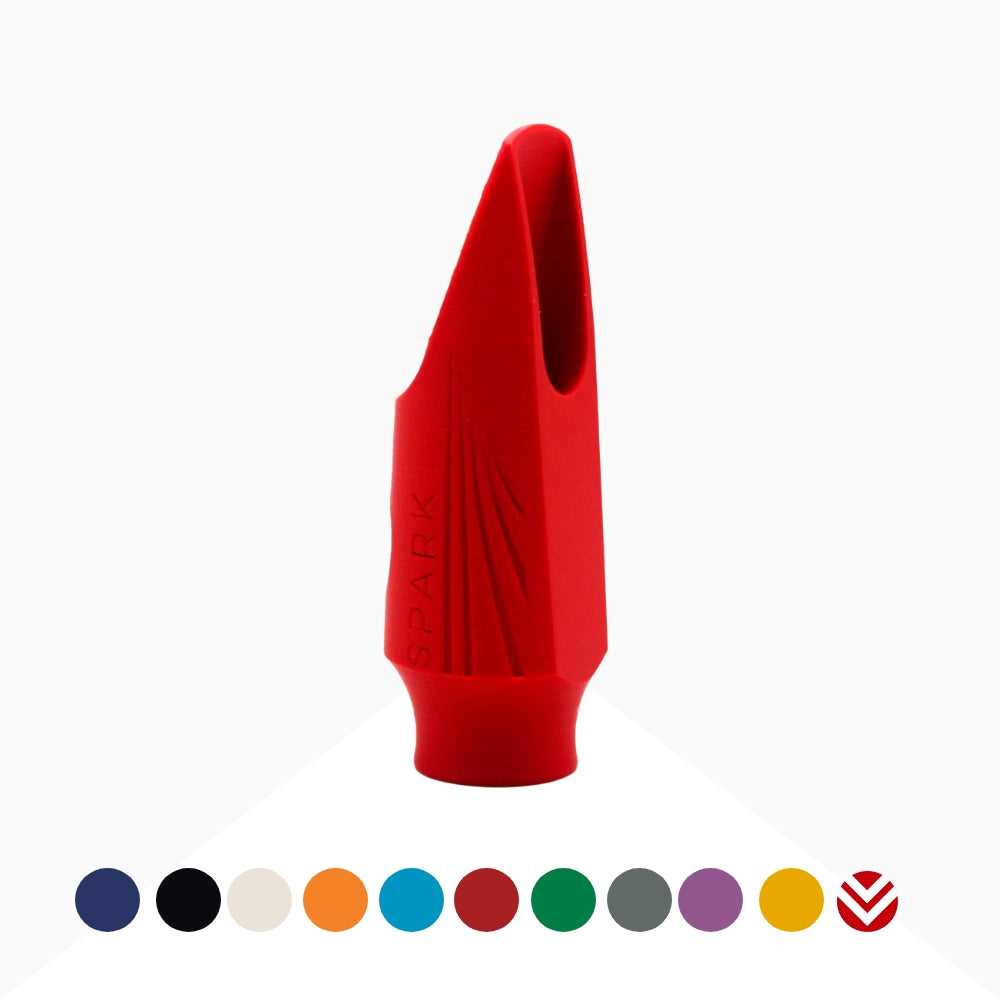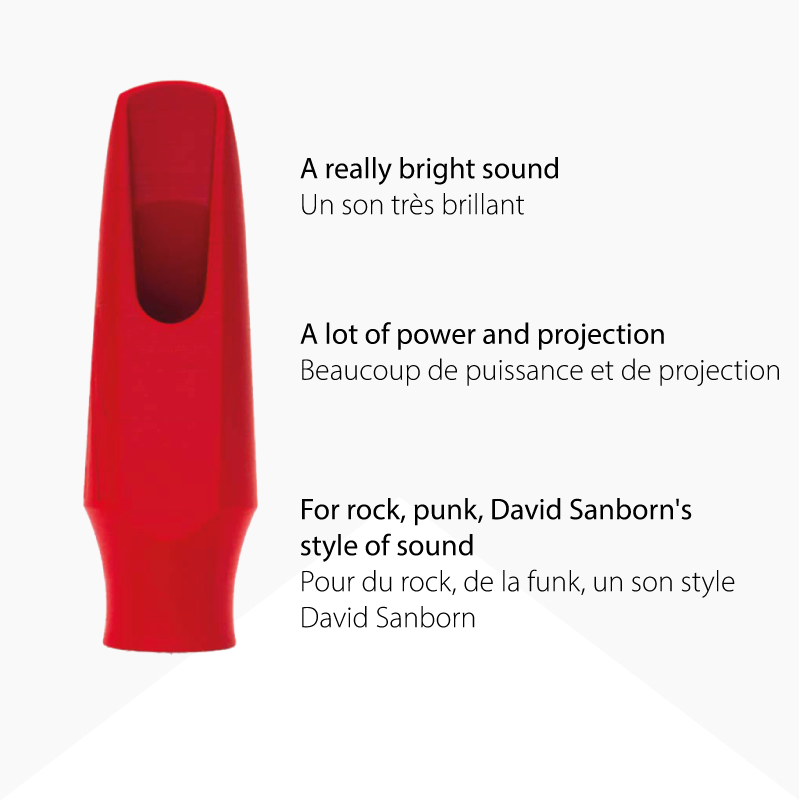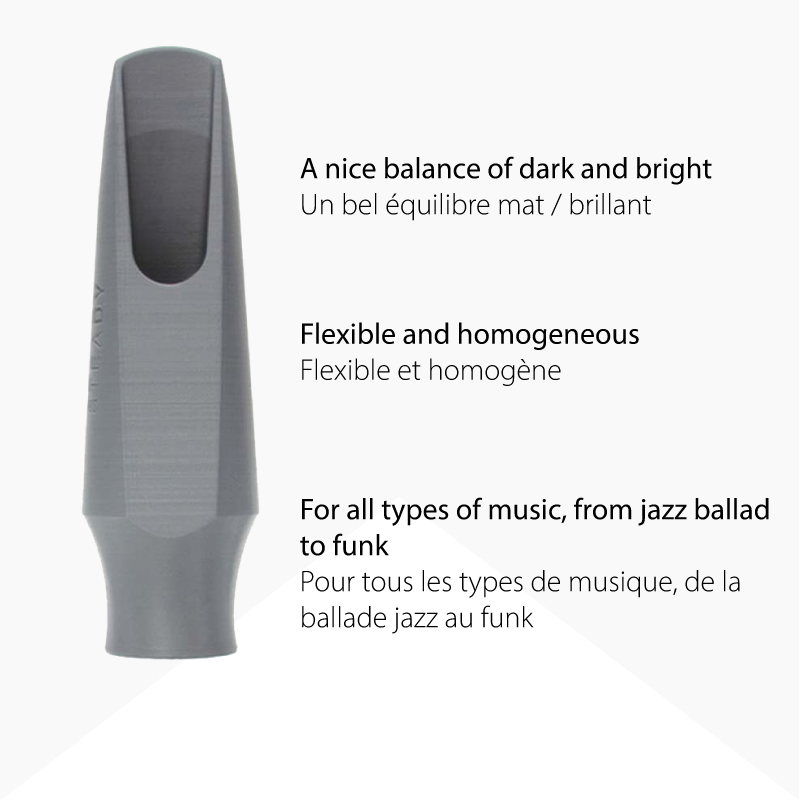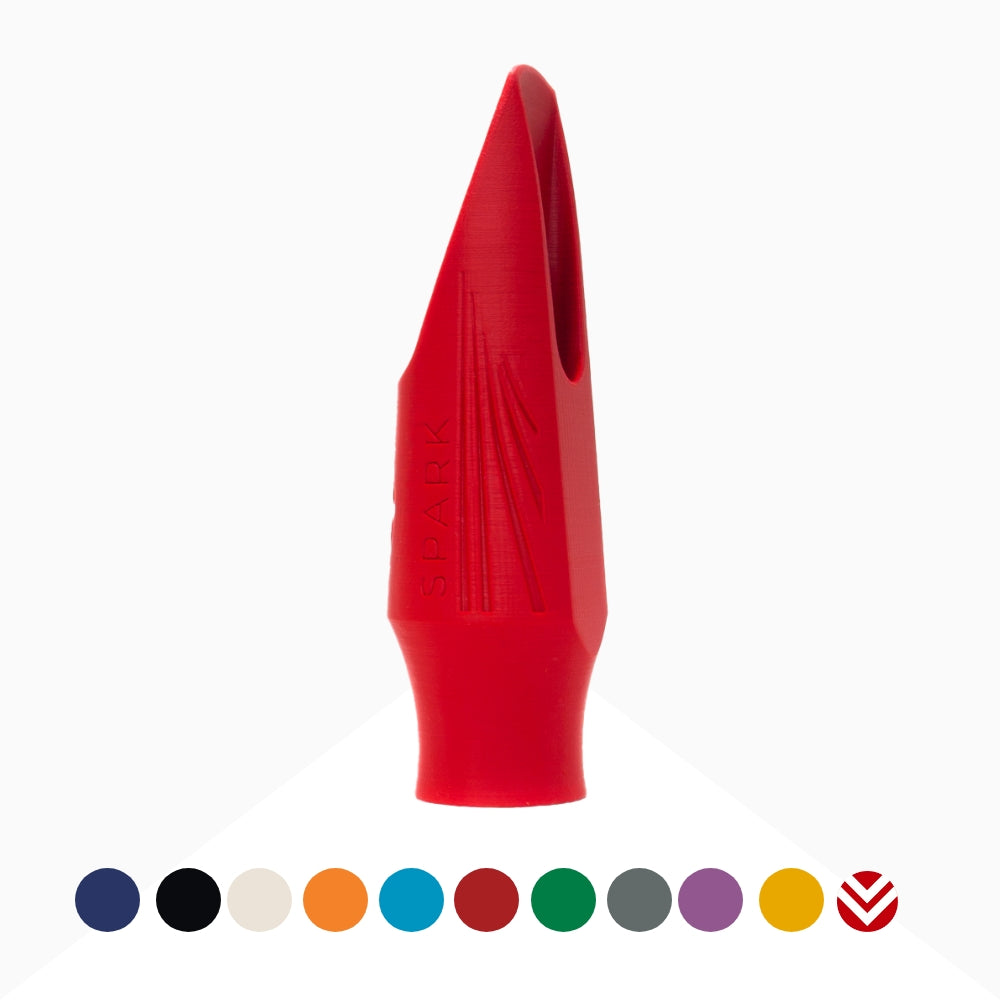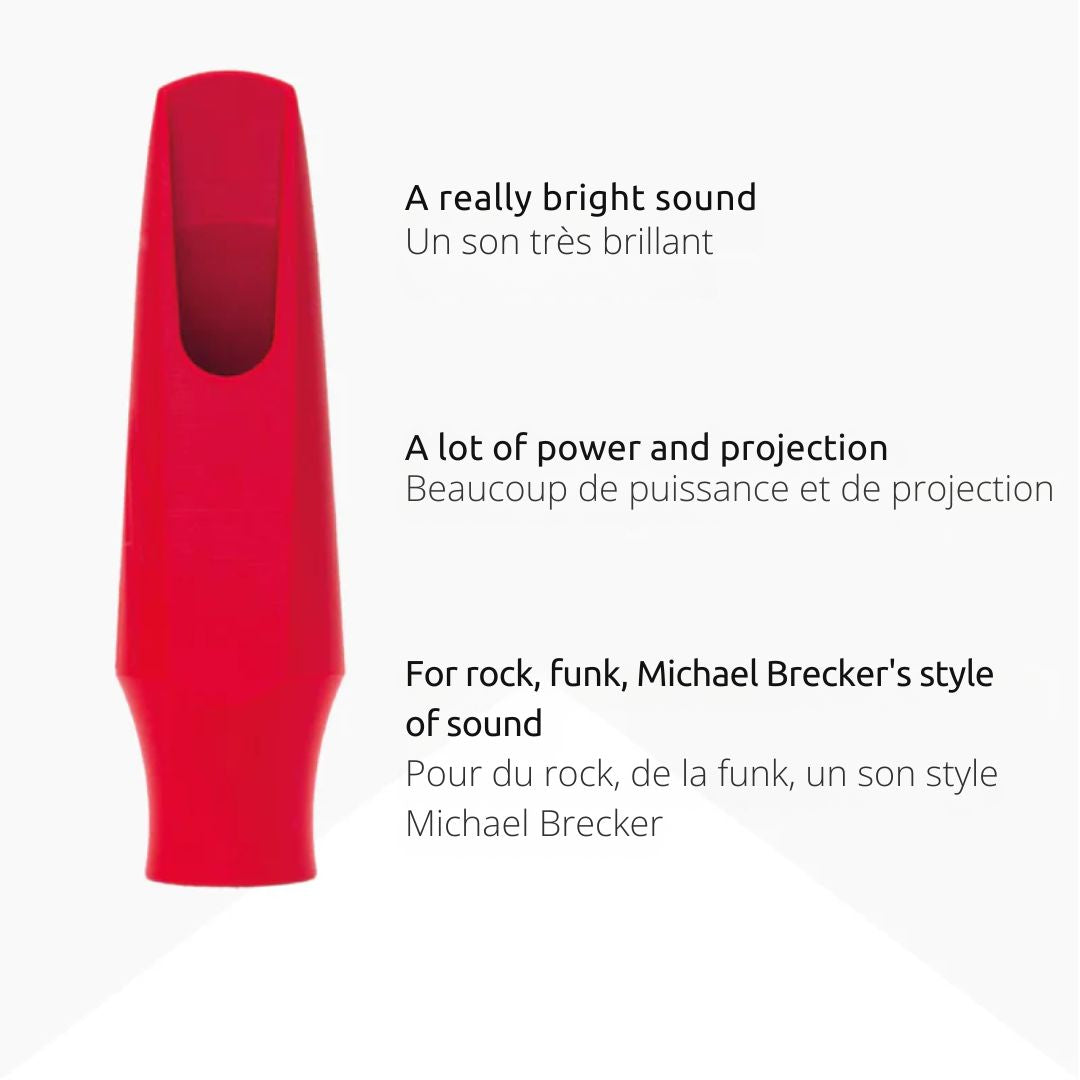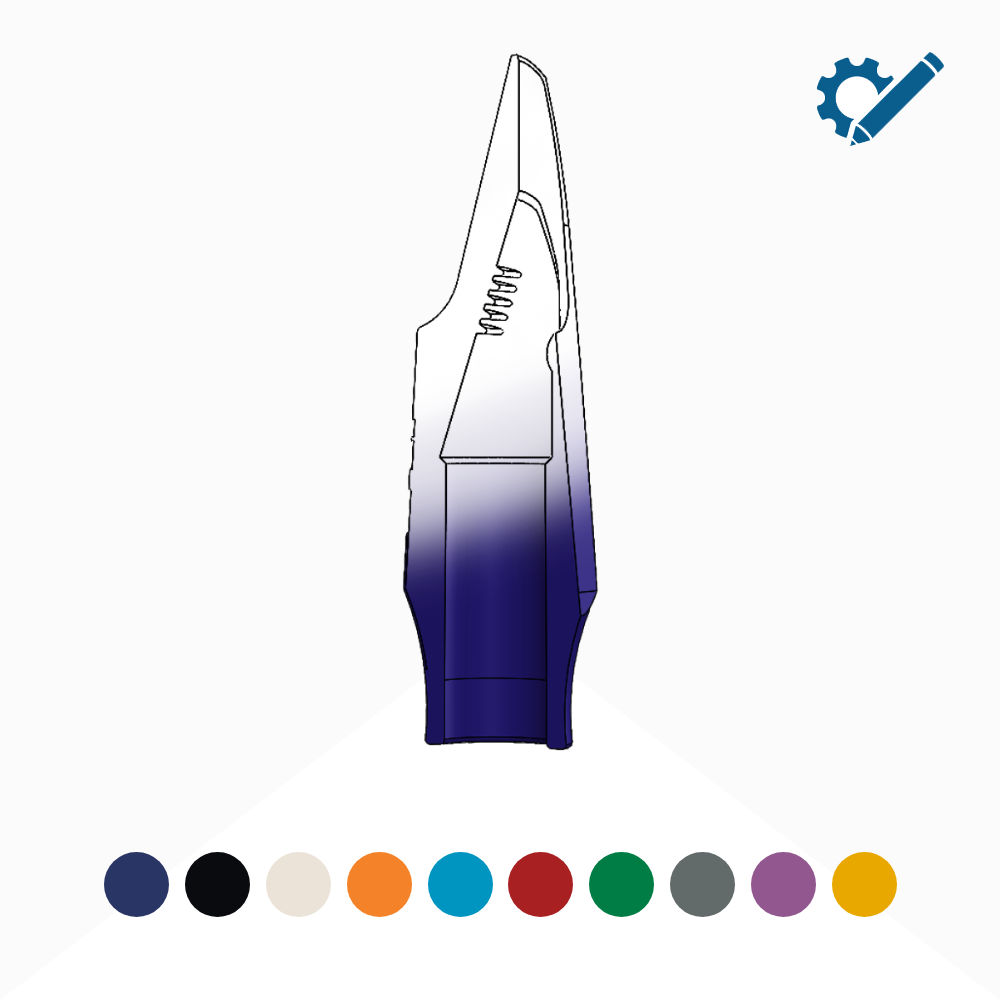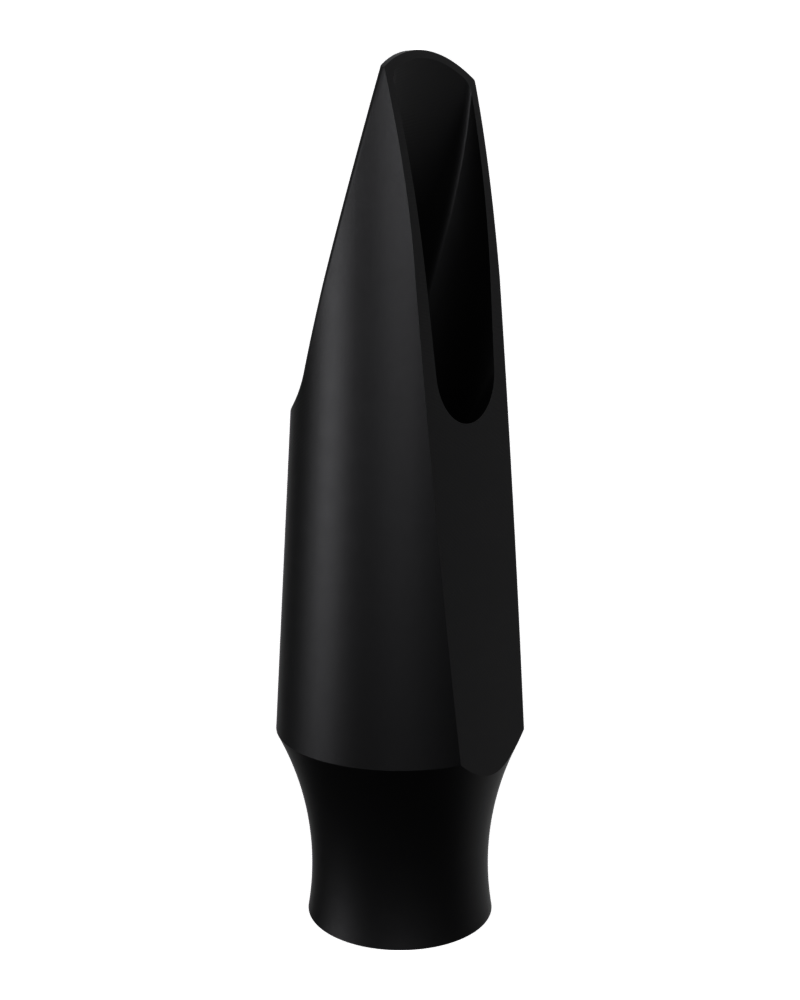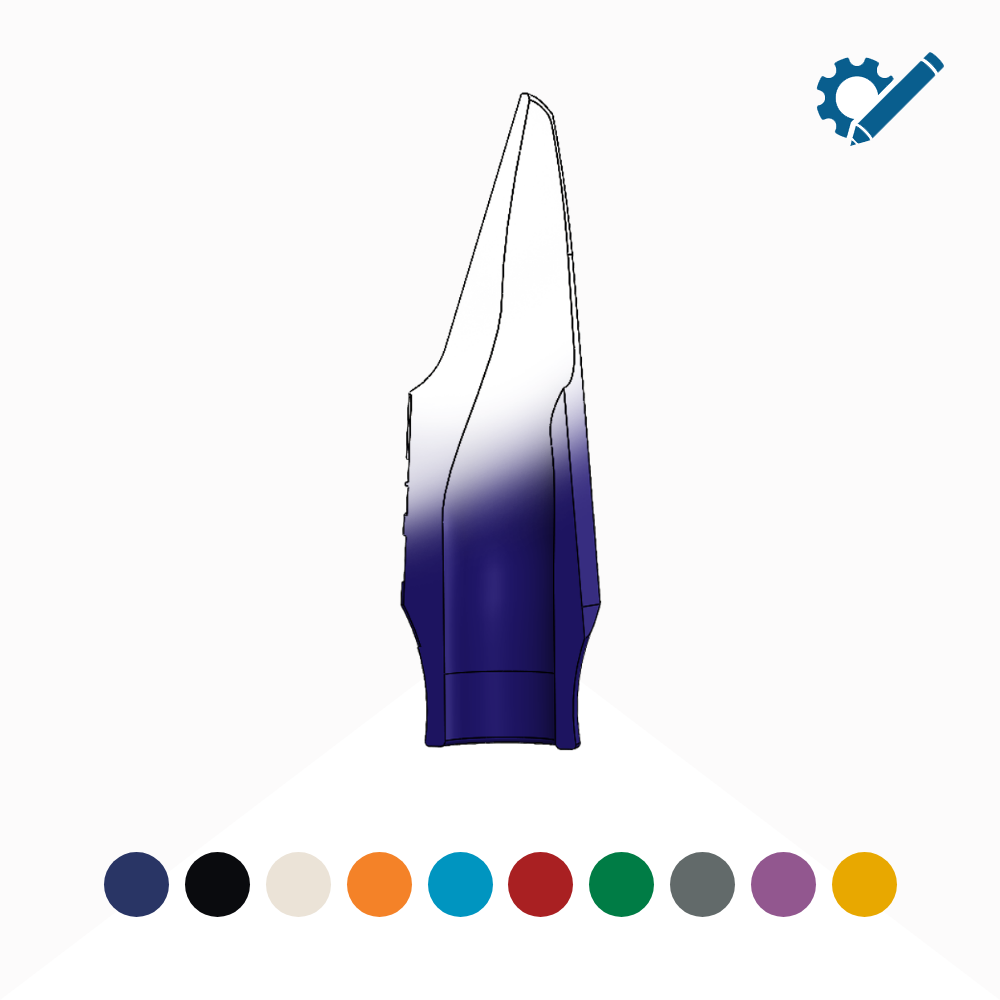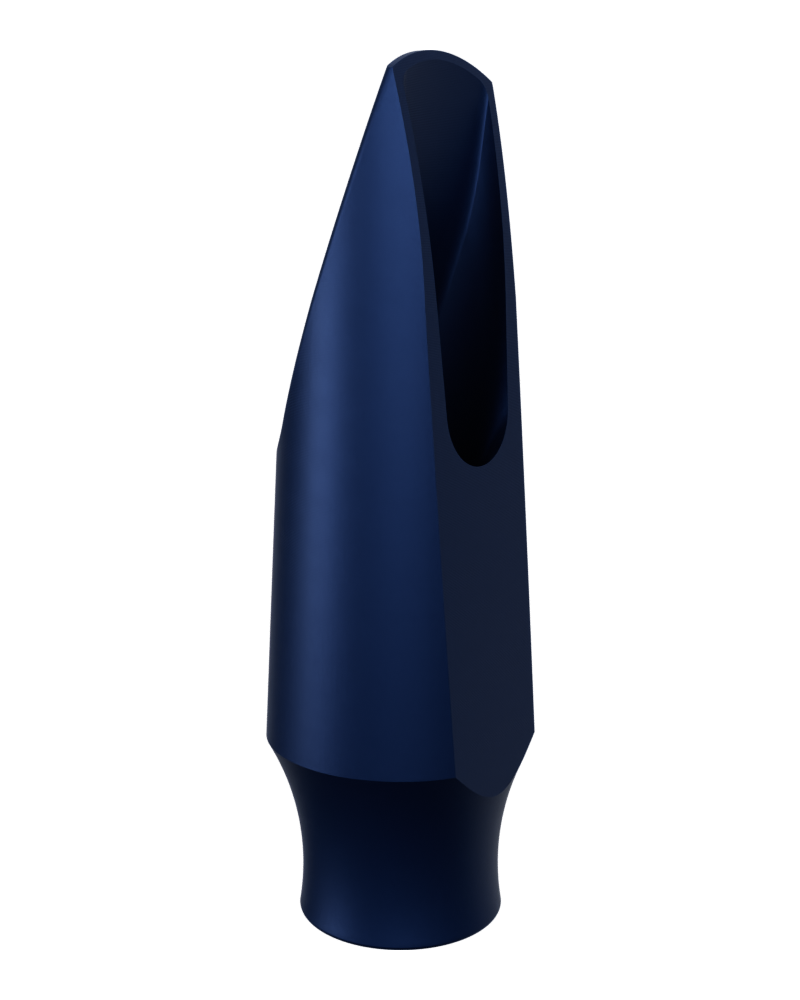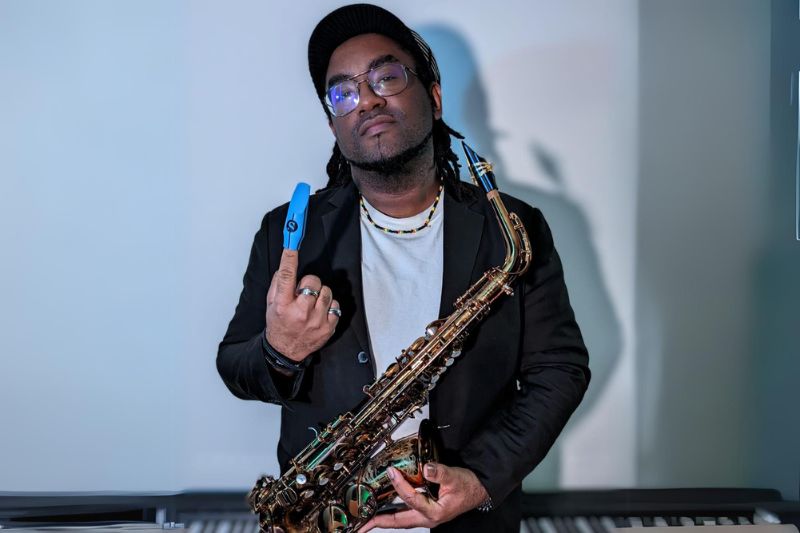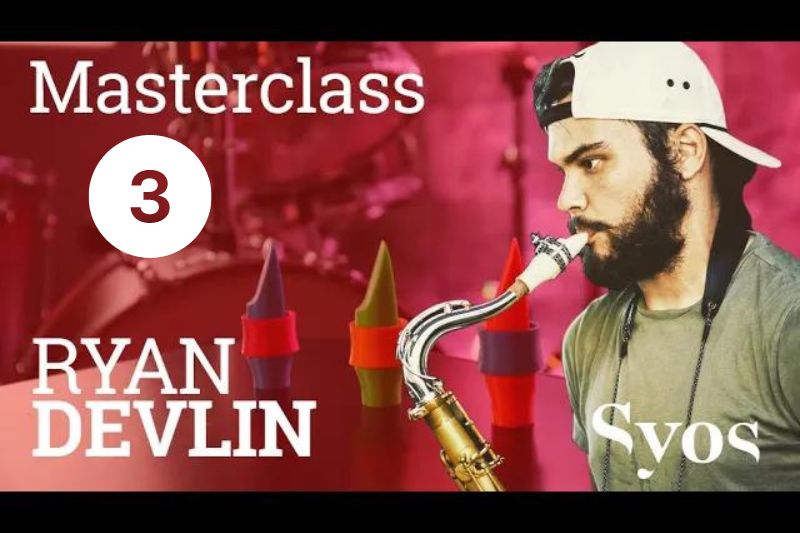I returned to the halls of Ircam, the French research center dedicated to music and sound. It is here that Maxime and I completed our PhDs, and the excitement was palpable at the thought of diving back into this fascinating universe and sharing our passion with our team.
Guided by René Caussé, my former thesis advisor and a key figure at Ircam, we embarked on an odyssey through the various teams and their projects.

First stop: the Acoustic and Cognitive Spaces team. Thibaut Carpentier introduced us to the sound spatialization system. Imagine being enveloped by music from all sides, as if you were in the heart of an orchestra, violins caressing your ears, bass vibrating through your body. A truly immersive journey!
Next up: the Perception and Sound Design team. Patrick Susini, Olivier Houix, and Emmanuel Ponsot opened the doors to their world. The highlight? The sound lexicon, an invaluable tool for better describing and understanding the different components of sound. No more confusion between "dark" and "bright," "round" and "warm"! Thanks to concrete sound examples, everything becomes crystal clear. Having trouble grasping the difference between a "nasal" and a "non-nasal" sound? The lexicon is here to help!
Their collaboration with Krug champagne also left us speechless. They successfully created 10 sound spaces in the brand's showroom, each representing one of the 10 champagne regions. The result? Astounding! Specialist journalists were able to identify the different regions solely by sound – a real feat!
The team is also working on a fascinating project: a haptic vest that allows you to feel music through body vibrations. Imagine being able to "dance" to music, feeling every note in your muscles and bones. A whole new dimension to the musical experience!
Back to my roots: the Sound Systems and Signals team: Audio/acoustics, instruments. It was a wonderful opportunity to catch up with my former colleagues Thomas Hélie and Charles Picasso. They presented us with a very amusing project – an active mute that enables a trombone to pronounce vowels! We were also impressed by The Snail, a frequency analysis software program capable of visualizing the notes that make up any chord in real time. An invaluable tool for musicians and composers!
The visit concluded with two unique experiences. The anechoic chamber, a room where sound is completely absorbed, plunged us into an almost unsettling silence, akin to being in an interstellar void. A silence that made us acutely aware of the power and complexity of sound.

The projection space, a concert hall with variable acoustics, then transported us into an immersive and modular sound universe. The baffles move to modify the volume of the room, and the walls are composed of dihedrals that rotate to alter the acoustics with their three different surfaces (absorbing, reflecting, or diffusing). A truly unique space unlike any other in the world!
In conclusion, this day at Ircam was a true sonic odyssey, tinged with nostalgia and inspiration. It was an opportunity to reconnect with our roots, share our passion with our team, and discover fascinating new technologies. Many thanks to Ircam for its warm welcome and for opening the doors of its ever-evolving universe to us.
To learn more:
- The Ircam website: https://www.ircam.fr/
- The sound lexicon: https://speak.ircam.fr/lexique/lexique-ircam/
- The Snail software: https://forum.ircam.fr/projects/detail/the-snail/

